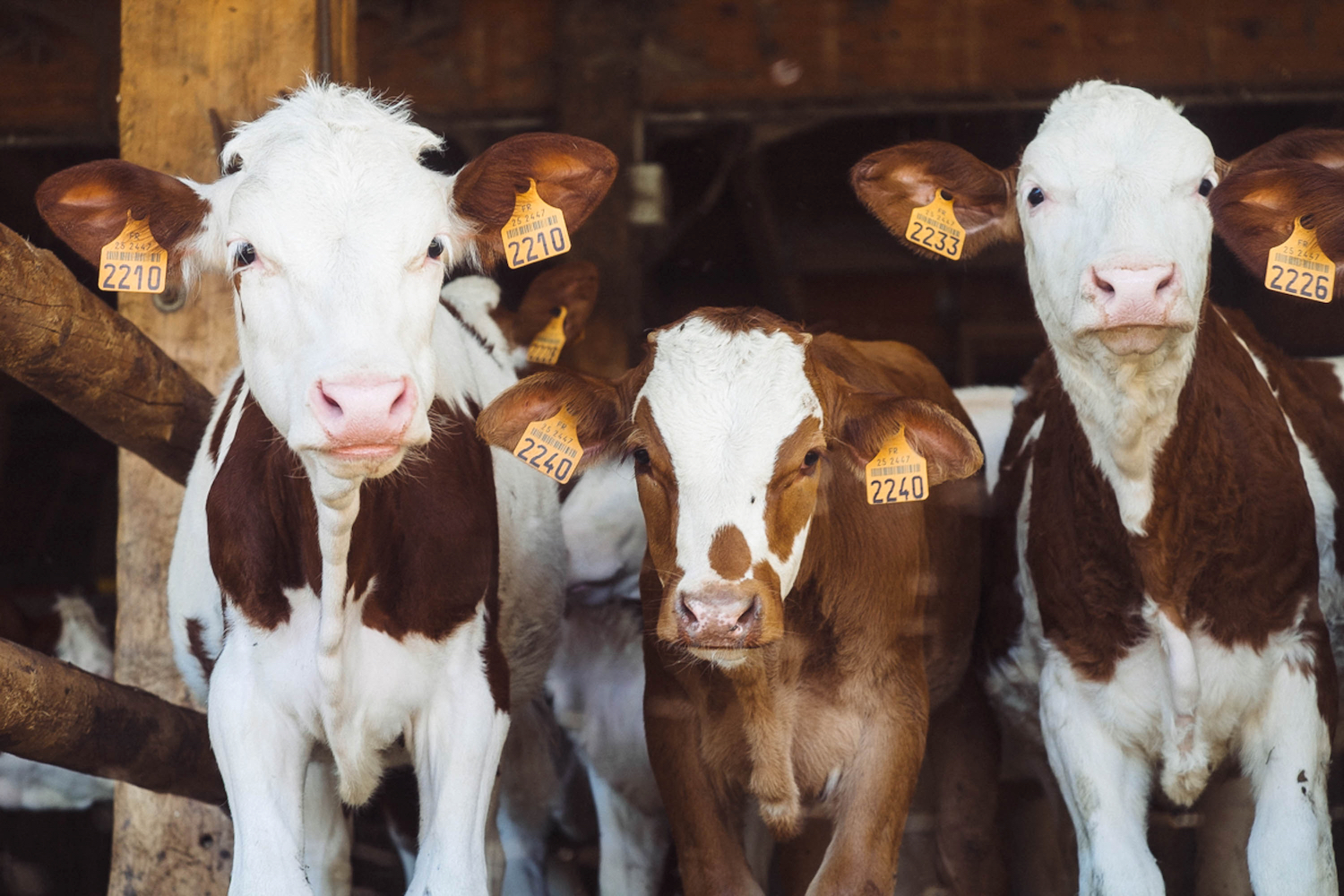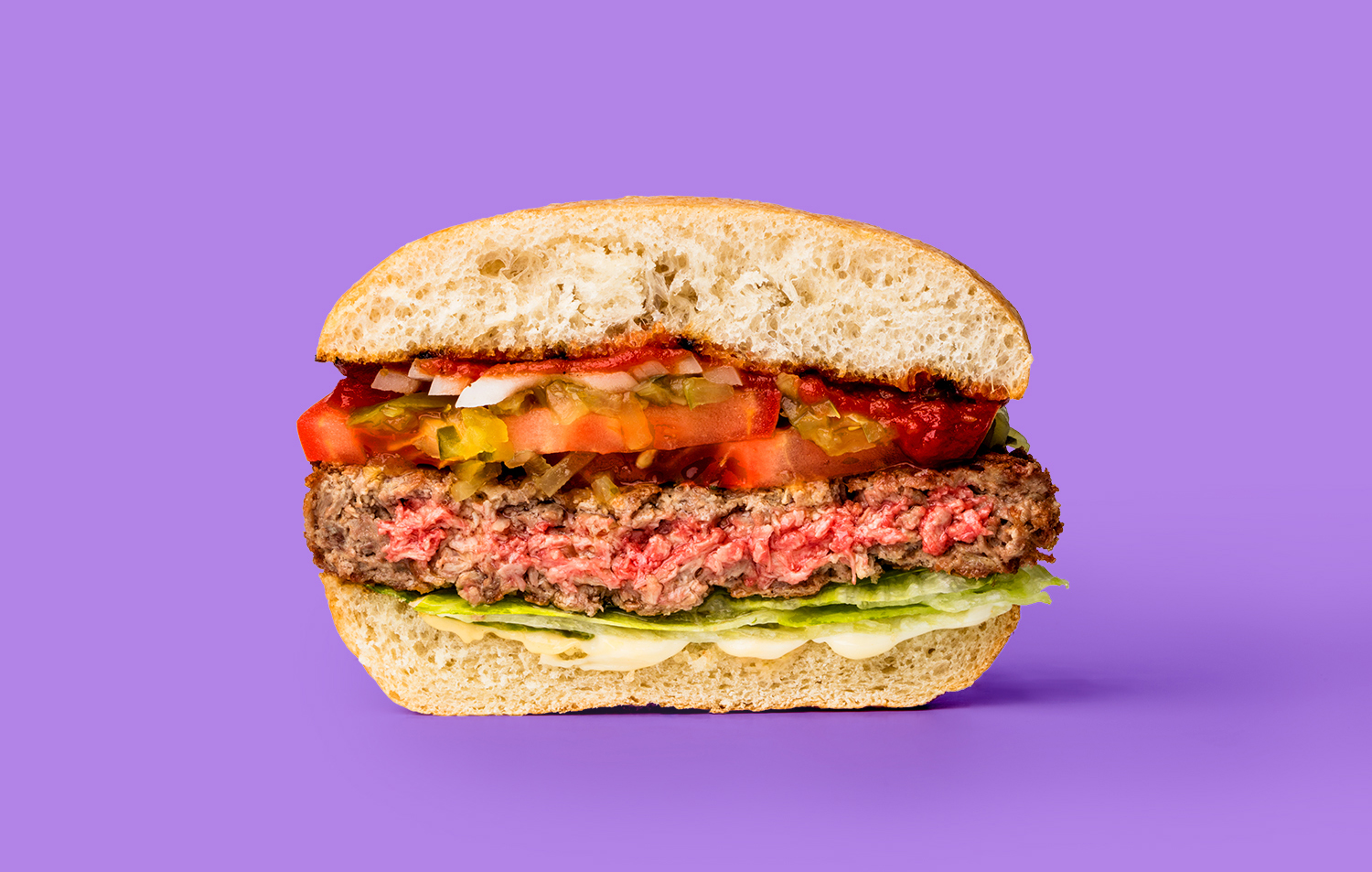The livestock sector is responsible for a massive 15% of human-caused greenhouse gas emissions globally. This makes global greenhouse gas emissions from livestock higher than all emissions from road, rail, air and marine transport combined.
Cattle, raised for beef, milk and other outputs such as manure, make up65% of greenhouse gas emissions from the livestock sector. One of the primary reasons for this statistic is cow ‘burps’, which contain methaneproduced during digestion. Microbes in the cow’s ‘rumen’, a component of the cow’s digestive system, break down feed through fermentation, producing methane. This methane cannot be used by the cow’s body as a source of energy, so cows ‘burp’ it out. These ‘burps’ are particularly problematic in the fight against climate change, as methane is about28 times more powerful in terms of its potential to cause global warming than carbon dioxide.
Such statistics have driven many people to lower their meat consumption, with numerous environmental and animal welfare groups citing methane emissions from livestock as a reason to adopt a vegetarian lifestyle. However, in many regions around the world, vegetarianism is simply not a viable option. Livestock is becoming an increasingly important source of protein in areas affected by chronic hunger and malnutrition, and in many cases, vegetarian alternatives simply may not be available or affordable. Withdemand for livestock products in developing countries continuing to grow, it is almost certain that meat production will continue for the time being.

However, all is not lost. Many researchers are currently working on addressing problems posed by meat production, and some bold (and often quirky) solutions have already been proposed which may serve to change the nature of cattle production around the world. Here are three such solutions:
Seaweed
Aground breaking study published by the CSIRO in 2016 indicates that seaweed may have the potential to radically slash methane emissions from cow burps. When researchers ran tests on Asparagopsis taxiformis, a seaweed species found in Queensland’s coastal waters, they discovered that this particular seaweed species reduced methane production from cow stomachs bymore than 99%. More promising still was that the species was effective at doses as low as 2%, unlike other seaweed species tested which required doses of 20% or more to have an effect on methane emissions.
Though these results are promising, there are challenges associated with adopting widespread use of Asparagopsis taxiformis in cattle feed. For example,300,000 tonnes of Asparagopsis taxiformis would need to be produced every year to feed just 10% of Australia’s cattle. Additionally, 6000 ha of seaweed farms may be required to produce this 300,000 tonnes of seaweed.
Super Grass
Genetics experts from the University of Aarhus in Denmark are collaborating with international seed company DLF to formulate another interesting solution to the methane problem posed by cows. Researchers aim to use modern DNA technology to develop a type of ‘super grass’ which is more easily digested by cattle, meaning less methane builds up in the cow’s digestive system. Additionally, this ‘super grass’ may also increase milk production in cattle, meaning fewer methane burping cows will be needed to satisfy demand for milk.
This project has been given the equivalent of AUD$2.6 million to develop this strain of grass. The long term view is that this ‘super grass’ could replace strains of grass already growing on farms around the world, creating a relatively simple way for farmers to reduce the emissions of their cattle. Seed company DLF, which plans to mass-produce the new ‘super grass’, claims the new strain may be ready for use by 2024.
Lab Grown Meat

The plant-based burger that bleeds. Served at Momofuku.
Unlike the previous solutions, this innovative solution plans to do away with the cow altogether. Cultured meat, or lab grown meat, involves using animal cells to grow ‘real’ meat in a lab. With the unveiling of the very first lab grown chicken and duck last month by Memphis Meats, a company which also produced lab grown ‘meatballs’ in 2015, this radical concept may soon become a reality.
So, how does it work? Cells, capable of self-renewal, are harvested from high quality, living animals. These cells are then cultured on a scaffold and provided with nutrients and vitamins necessary for growth. Cell ‘exercise’ is mimicked during the growth process by using either mechanical stretchers or electric stimulation. Ultimately, these cells can be constructed into various forms, such as sausages or mince.
A recent report published by researchers from Oxford University and the University of Amsterdam found that cultured meat production may produce about 80-95% fewer greenhouse gas emissions than conventionally produced meat. The study also suggests cultured meat production may require 96% less water and 99% less land than conventional meat, potentially freeing up land which could be turned into carbon-sequestering forests.
Lab grown meat also has other benefits. Not only is it more humane than conventional meat, as production does not require live animals, it may also be more healthy, as the quantity of fat cells in the meat can be controlled. Additionally, cultured meat may also serve to prevent the spread of animal borne diseases as a result of reduced human-animal contact in the production process.
Though these solutions are not quite ready yet, they certainly do provide hope for the future. Many people would have laughed at these ideas just a few years ago, yet now they are set to become a reality. Above all, these solutions serve to highlight the power of human optimism and creativity in the fight against climate change, as well as the problem-solving possibilities technology may offer us.
Written by Emily Jones
Banner image: Unsplash